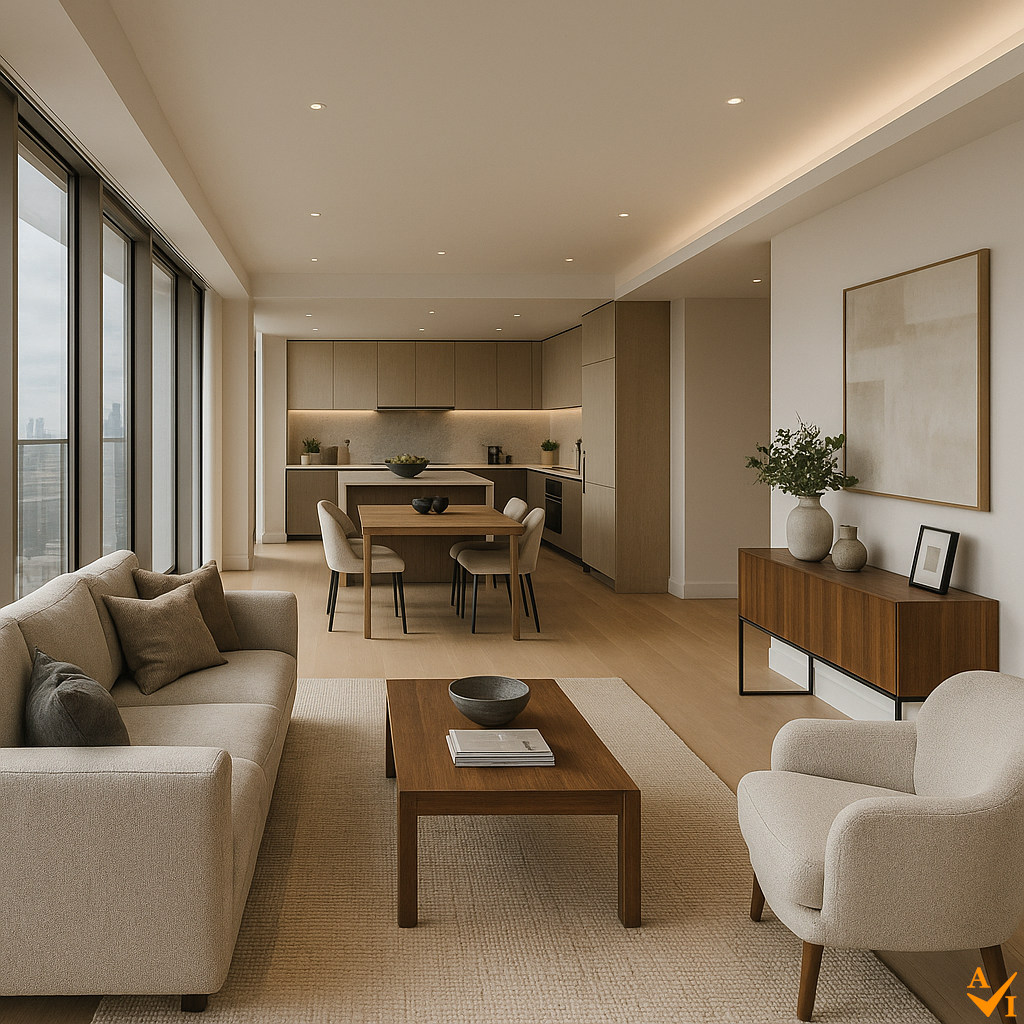 Blog
Blog
05 Dec 2025
The UK’s commercial property rental market is undergoing a transformation as businesses adapt to new working models and shifting consumer behaviours. From flexible leases to the rise of mixed-use spaces, the sector is being reshaped by a demand for agility, sustainability, and experience-led design.
Flexible Workspaces and Hybrid Models: Traditional long-term leases are being replaced by more adaptable arrangements. Many businesses, particularly SMEs and start-ups, are opting for serviced offices, co-working hubs, or shorter lease terms to maintain flexibility in uncertain economic conditions. This trend is most prominent in major cities like London, Manchester, and Birmingham, where hybrid working continues to influence space requirements.
Retail Reinvention: The retail property sector, while still recovering from online disruption, is experiencing a revival in high-footfall locations. Independent brands, experiential retailers, and hospitality operators are driving demand for smaller, more versatile units. Mixed-use developments that combine retail, leisure, and residential elements are also gaining popularity, providing landlords with diverse revenue streams.
Industrial and Logistics Growth: One of the most resilient areas of the market remains industrial and logistics property. The surge in e-commerce has fuelled demand for warehouses and last-mile delivery hubs, particularly near major transport links. Investors and developers are prioritising energy-efficient, high-spec logistics facilities to attract tenants seeking both performance and sustainability.
Sustainability as a Priority: Across all sectors, green credentials are becoming a decisive factor in rental decisions. Tenants increasingly seek properties that align with ESG standards, reducing running costs and supporting corporate sustainability goals.
In summary, the UK commercial property rental landscape is adapting to a new balance between flexibility, efficiency, and environmental responsibility. This marks a long-term shift in how space is valued and utilised, reflecting the evolving needs of businesses and consumers alike.